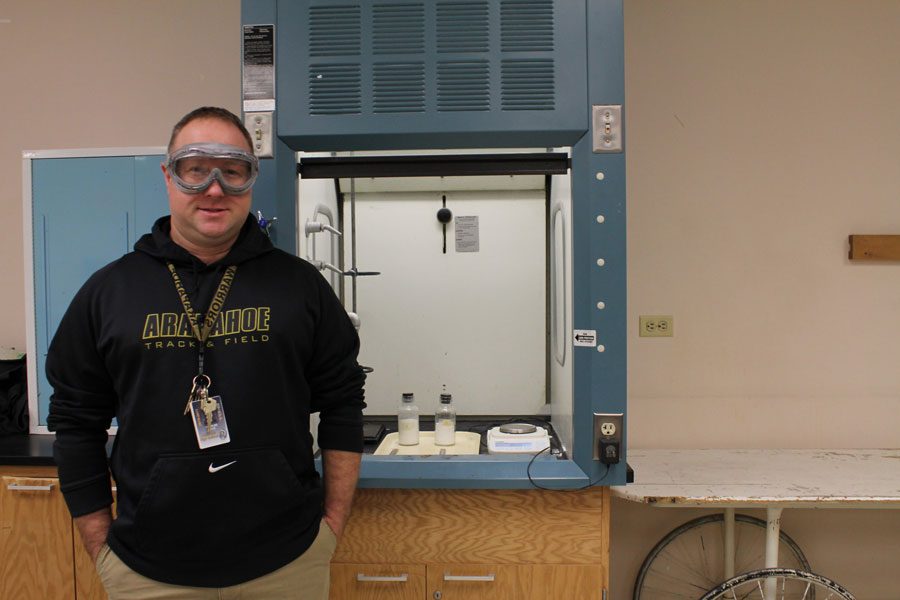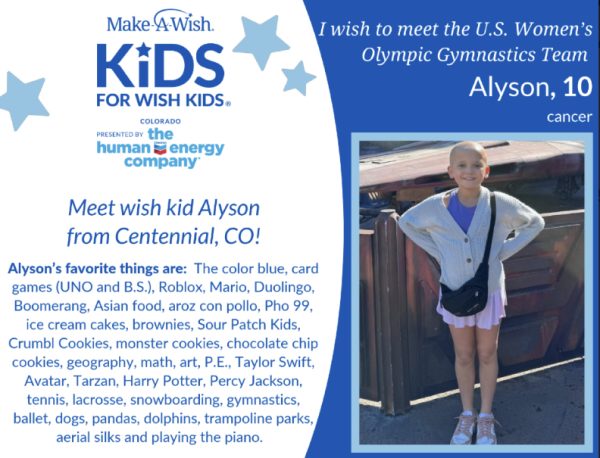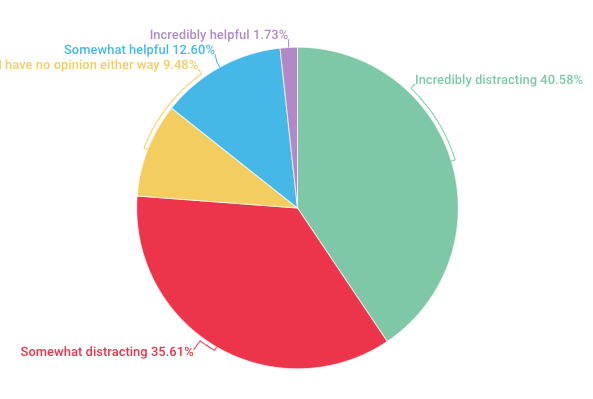How Do Reverse Classrooms Work?
An interview with science teacher Chuck Lutz
December 20, 2016
Q: What is a “reverse classroom”?
A: A “reverse” or “flipped” classroom is a method of teaching that has students watching lectures and taking core content notes at home. During class, students spend time on discussions and homework.
Q: Why might student driven learning be better than a lecture period? What might be some drawbacks?
A: There are several benefits of student driven learning compared to lecture. First, students are able to watch the lectures at a time that they are conducive to learning as well as at their own pace. In a traditional classroom, a teacher relies on all students being attentive for the duration of the lecture to take notes and process the new information. If you have a first period class, maybe you aren’t able to stay “tuned in” for the duration of the lecture… or maybe your lecture class is right after lunch when you get a bit sleepy while your food is digesting. The inability to remain attentive in either of these scenarios, plus a multitude of others, means that you are missing some of the core content. Having pre-recorded lectures allows to students to watch at a time when they are ready to process the information. Whether you are ready to take notes during your unscheduled 3rd hour or at 9pm at night, you can get the notes when you are most receptive to processing and learning the information. Having pre-recorded lectures also allows students to pause, rewind, and rewatch any segments that don’t make sense the first time through. You can also stop and process the information before the next big idea is presented.
The second aspect of this style of teaching that I find very useful is that it frees up additional time to show chemical demonstrations during class. One of the greatest aspects of teaching chemistry is that there are so many engaging ways to reinforce the content by showing the chemistry actually functioning. It is difficult to look at an equation on paper and know what that reaction looks like in reality. Having students walk in the door already exposed to the core content enables me to spend time supporting that content with demonstrations and discussions… truly showing the chemistry in action.
The final aspect of this style I find most useful is that students are not asked to leave the room to work on all of their practice problems, traditionally the “homework”, without support. Giving students time in class to do their practice work allows them to ask questions as they arise. No matter how many times I’ve tried in lecture to forewarn students of the standard pitfalls of a specific type of problem, it isn’t until that student is working the problem and encounters the pitfall that they are primed to understand the solution.
Q: What inspired you to use this teaching technique? Was this always your goal or were you introduced to it?
A: I decided to try this technique after realizing it would help overcome a few obstacles I had identified while teaching. First, there is a large amount of content to cover each semester. I can easily spend the entire class period lecturing. Unfortunately this does not allow enough time for enrichment, such as cool chemical demonstrations, or for student Q & A while doing their practice work. I also found that most students can take notes on their own, but working chemistry problems is another story. Often students would go home, and either do all of their work incorrectly or run into a problem they didn’t know how to do and quit. By having students working problems in class, I am available to answer questions as they arise and keep students moving along the right track. It is not useful to spend an hour or more outside of class working problems incorrectly. It reinforces the wrong way of solving problems and is truly a waste of time.
Another problem that this technique helps to overcome is that our current lecture based model of teaching is unsupportive of the type of learning and thinking students will need to employ outside of school. In my non-teaching work experience, it was rare to sit in front of an “expert” and have them tell you everything you need to know. Typically I was given a project to complete with a due date. I had to be organized and self-directed, as well as find answers to problems that presented themselves along the way. Many of the solutions were found by locating online and offline resources, dissecting the information provided, and implementing the solution. Using this type of problem solving I have been able to fix my own broken home appliances as well as create a defect management database and reporting system for the software development team at the phone company in Illinois… and I have never been lectured to about home appliance repair or anything related to computer science.
Q: Does this learning environment work for every kind of student?
A: I personally believe this kind of learning can work for all students who are willing to give it an honest attempt. Some students are frustrated at first because it is different than their typical class experience. The main problem I have encountered is with students who don’t buy into taking notes from pre-recorded presentations as their homework. Those who resist the method show up to class unprepared for enrichment and practice. The secondary problem I witness is no different than in a traditional classroom model… students who have poor organizational skills and who lack motivation to learn. Thankfully this model enables me to watch students attempt their work and diagnose those issues.
Q: What is the general student response to this? Do students tend to utilize the time given to work or do they take advantage of it?
A: For the most part students adapt quickly and perform on average as well as my past classes when I taught a traditional lecture style course. However the overwhelming response I hear from students who have graduated and gone on to college, is that this style has prepared them for the kind of thinking and learning they are required to do in college. The self discipline, self motivation, organizational skills, and ability to learn content from available resources supported in the flipped classroom are assets that can help lead to future academic success. Since my job is not only to teach chemistry to students, but also to prepare those students for their futures, I know this style is valuable.
There are students that do not utilize their time wisely in class, and typically these students perform below their ability level. This will happen regardless of teaching style. Unfortunately there are always going to be students who lack focus and urgency with regard to their education. With the flipped classroom approach I can witness directly the reason that some students underperform and reach out to them with the appropriate interventions.











